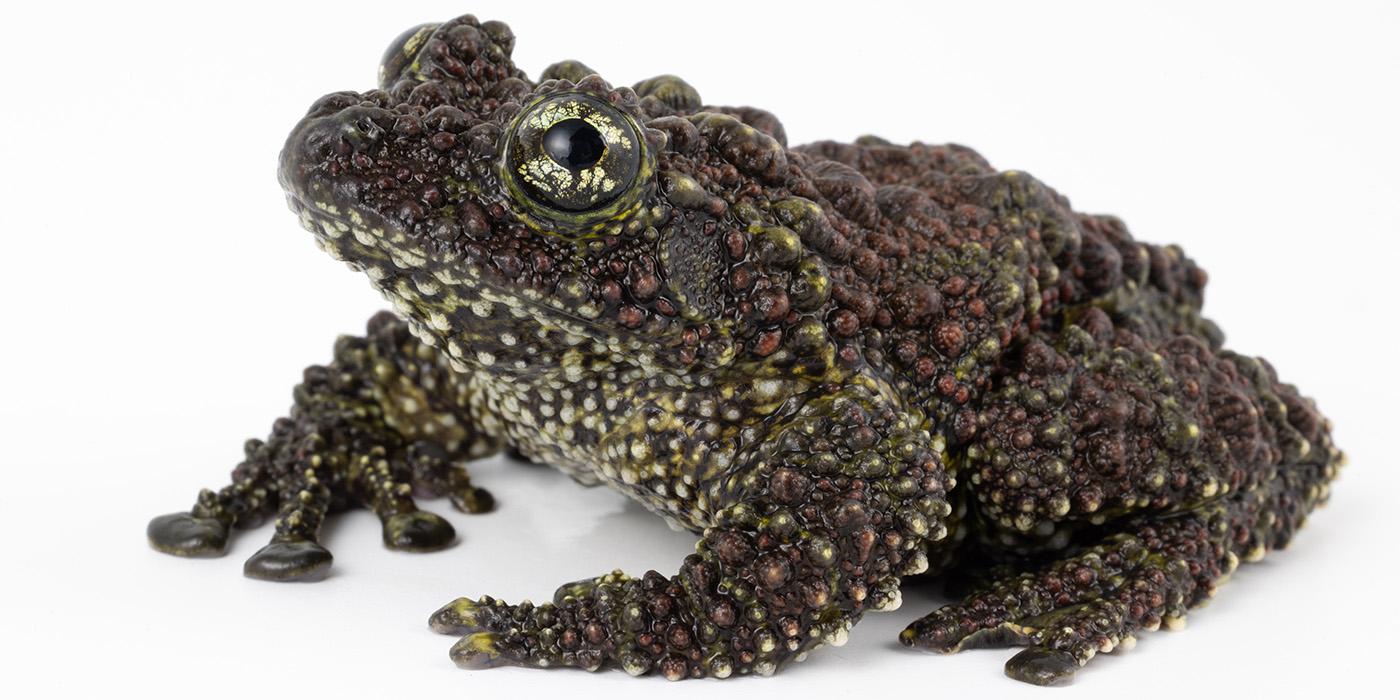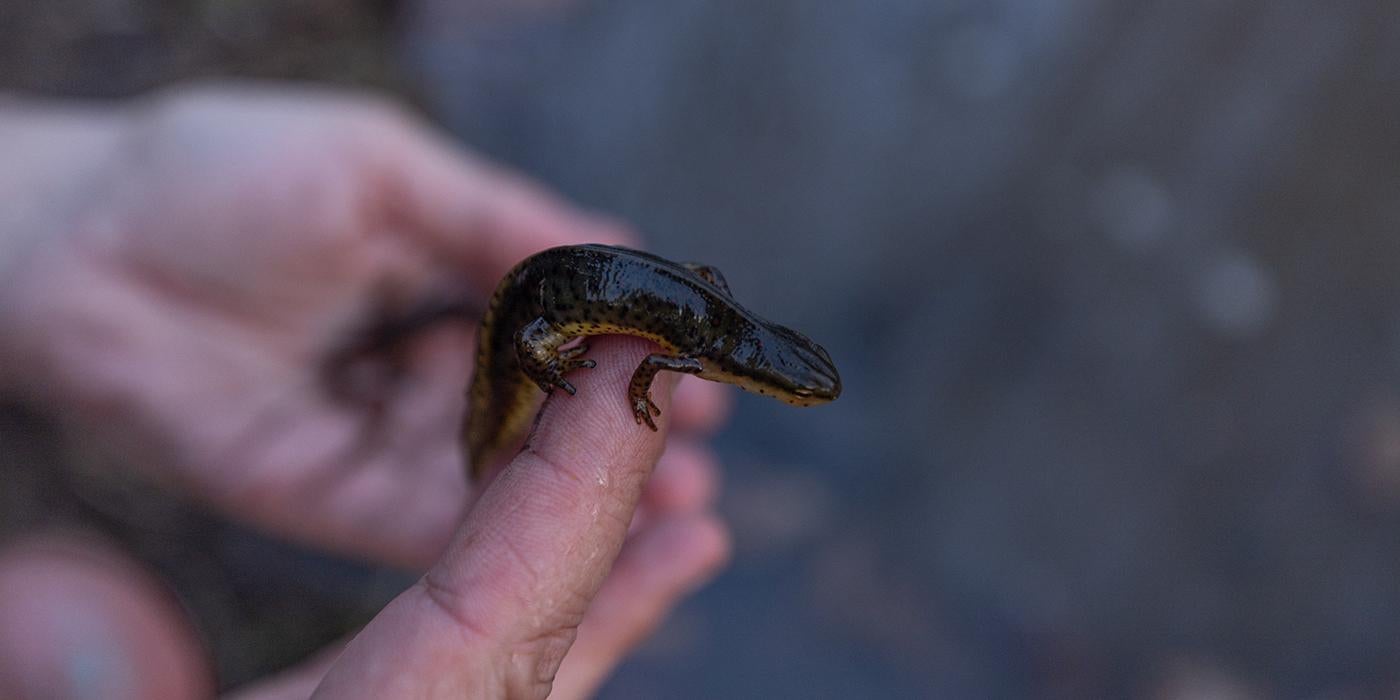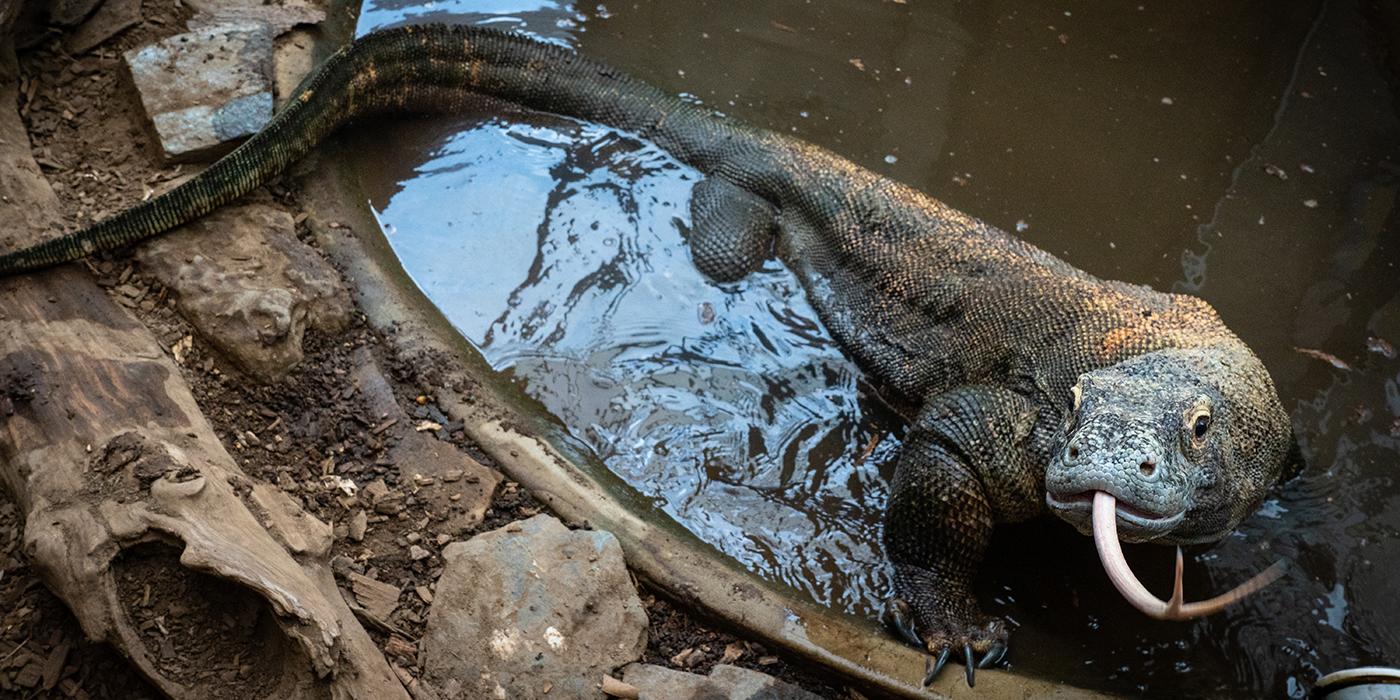Rescuing Reptiles in Myanmar
In Myanmar, reptiles are rapidly disappearing — the result of poaching and other threats. The good news: all hope is not lost for critically endangered turtles. Rescue facilities across the country, supported by the Turtle Survival Alliance, are working to save these species from extinction. Thanks to a Friends of the National Zoo Round up for Conservation grant, Reptile Discovery Center assistant curator Matt Evans traveled to these facilities. He brought with him a host of supplies and husbandry expertise to help his colleagues care for and reintroduce these rare reptiles into the wild.
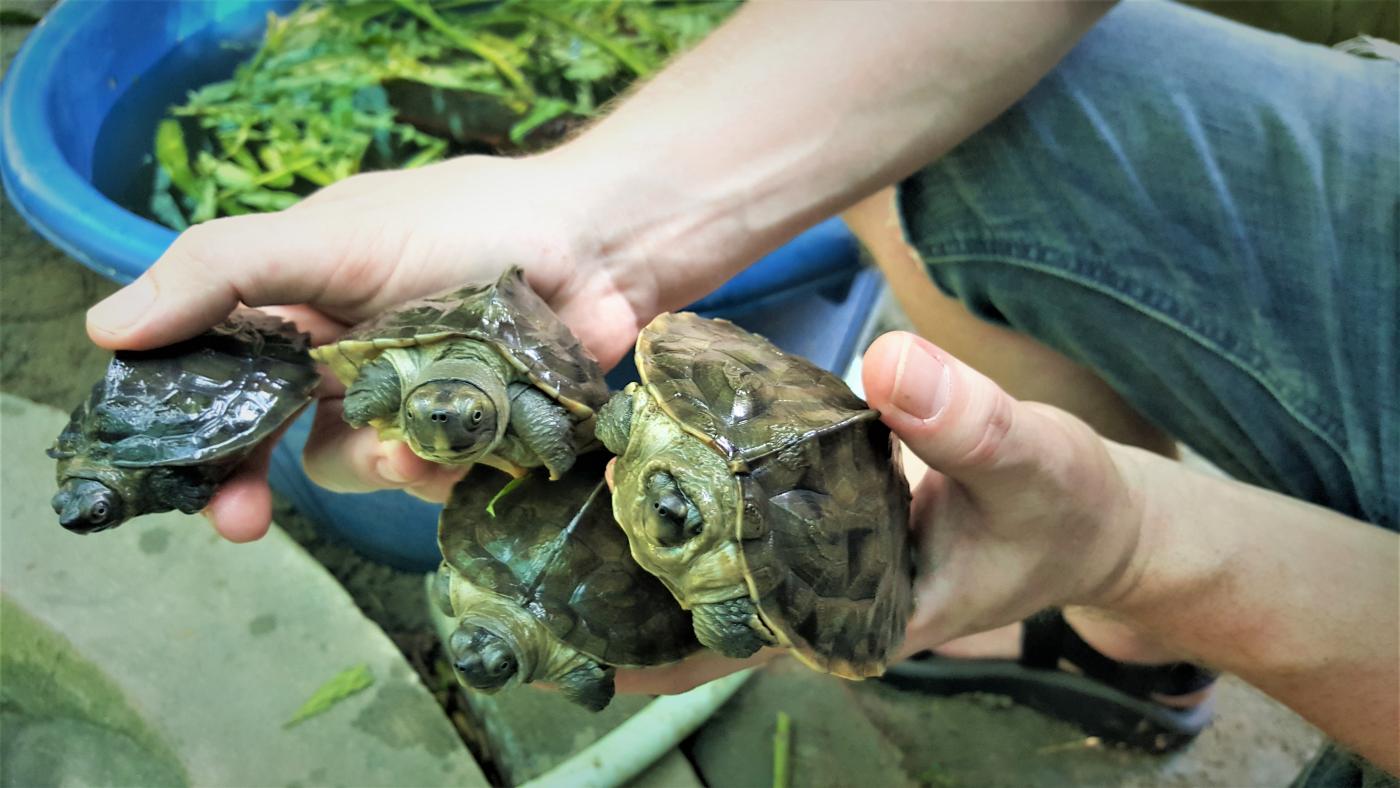
Why Myanmar?
The idea for this trip came about because the Smithsonian’s National Zoo works closely with the Turtle Survival Alliance, an organization based in South Carolina that does amazing conservation work around the world to save turtles from going extinct. Myanmar is a hotspot for endangered and critically endangered turtles, and there are several rescue facilities spread throughout the country that receive support from the Turtle Survival Alliance. Last fall, I traveled to eight of those centers over the course of a month to share resources, knowledge and husbandry expertise with them.
Getting to some of these facilities was not easy. It meant many, many hours traveling in a car, or on a boat, sometimes arriving very sleep deprived. In many places I stayed only one night and then departed for the next place. Any tired feelings went on the back burner once I was able to meet my new colleagues and see the animals under their care. I was so taken aback by not only the sheer number of animals — often hundreds and in some cases thousands of turtles — but also the rarity and diversity of the species was really remarkable. It is fair to say that my inner herpetologist was geeking out the entire time.
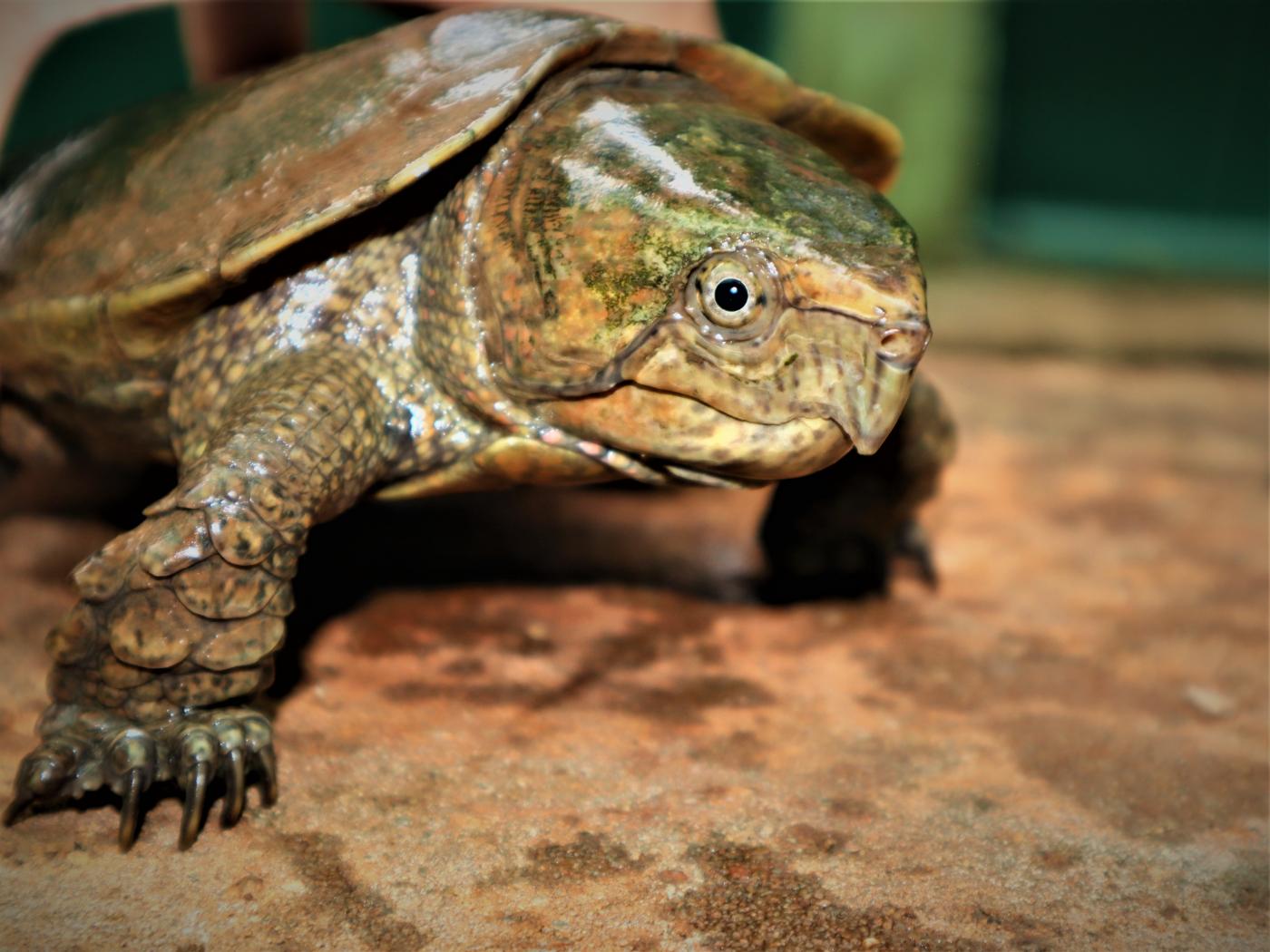
Was there a moment in the trip that left you feeling inspired?
Definitely! Two things immediately come to mind. First, of course, are the turtles themselves. It was not only my first time working with some of these rare turtles, it was my first time seeing them in person — not just in a book or picture. Each species and each individual has its own unique personality, even at one, two or three years old. Not to mention being surrounded by 700 beautiful baby turtles as they run over to you to be fed is an amazing sight.
Then, there are the people who work at these centers, whose dedication to this profession is both inspirational and admirable. By no means do they have an easy job. It requires enormous personal sacrifice to take care of thousands of animals, gather fresh food and water, work in upwards of 120-degree Fahrenheit heat. They spend an enormous amount of time away from their families. They are focused on providing the best care possible for these animals so that they can be reintroduced back into the wild. They are doing everything they can to prevent these critically endangered species from going extinct.

What recommendations did you make?
A lot of my recommendations involved ways that my colleagues could adjust their husbandry practices to improve the welfare of the animals in their care without breaking the bank. Many of the turtles who live at these rescue facilities were confiscated from illegal poaching and arrive malnourished, dehydrated or otherwise ill and in need of long term supportive care.
For example, I brought spring scales with me so that the team would be able to get regular weights on the turtles as well as calipers for measuring eggs and turtle hatchlings. I also showed them how to set up nesting areas to mimic the turtles’ natural environment. Finding the right balance between the fluctuating temperature and sunlight exposure is critical to their care as well, and we discussed ways they could modify their enclosures to improve those conditions.
These are all things we do at the Smithsonian’s National Zoo for our animals as part of their daily husbandry care. Some of these rescue centers have turtles which are slated to be released back into the wild. It is important that the animals are fit before they venture off on their own; this will give them the best chance at survival.
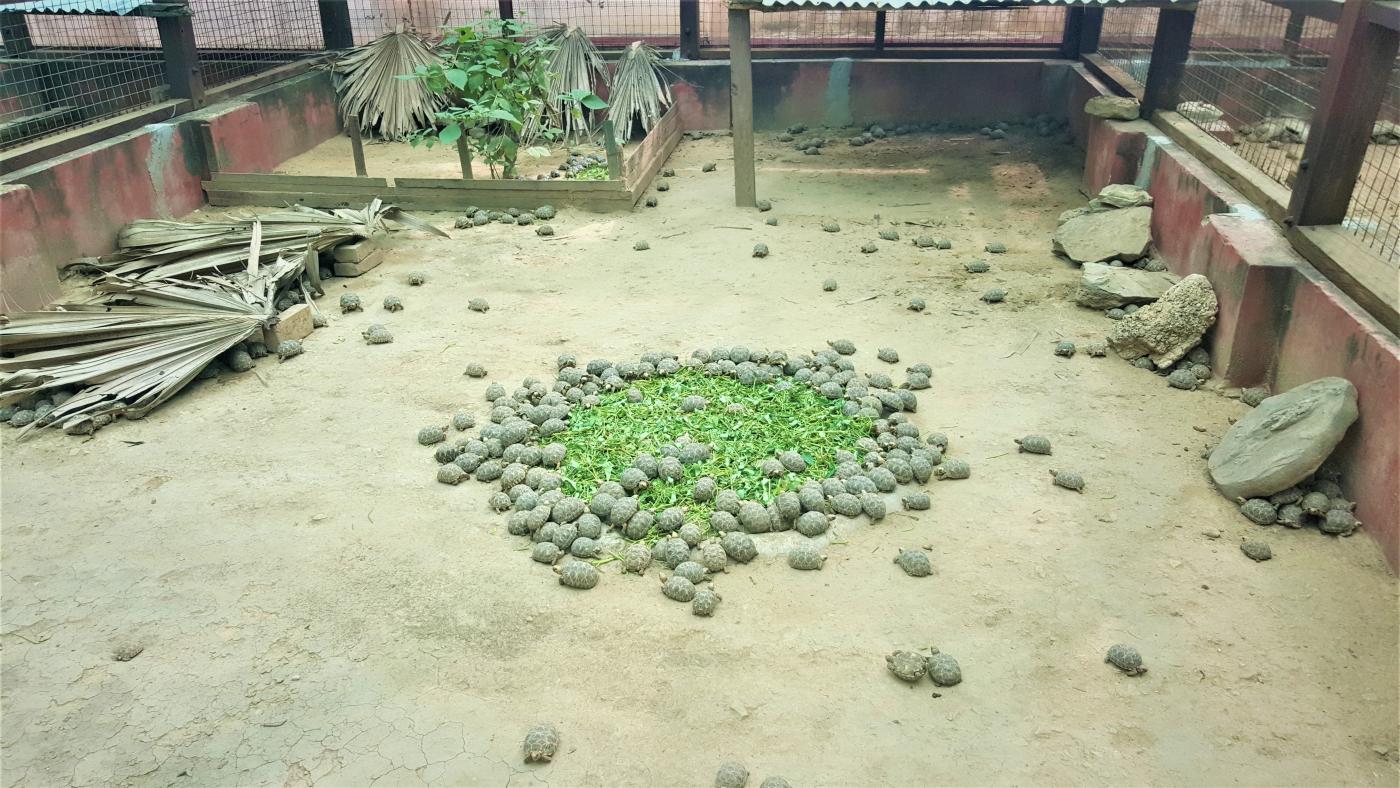
It is feeding time for this group of critically endangered Burmese star tortoises. All of them hatched at this breeding facility.
What do the turtles need in order to be healthy?
In the wild, dried grasses comprise more than 80 percent of these turtles’ diets; however, at the centers, they are only receiving one type of readily available leafy green and some seasonal fruit. Adding native grasses that are high in fiber and calcium — as well as seasonal fruits and vegetables — will improve the turtles’ health considerably.
A large hurdle that our colleagues face is access to water. Some of these facilities have access to wells, but others do not and must make do by collecting and storing rainwater in large basins. Only three out of the eight facilities I visited had electricity. In the summer, the temperature often exceeds 120 degrees Fahrenheit, so we discussed modifying their husbandry care routine to include soaking the turtles at least twice a week. We also discussed enclosure modification to give these tortoises an opportunity to burrow into the substrate to help them regulate their body temperature a bit. Baring air conditioning, this is one way that staff can help the turtles cool off and ensure they have the opportunity to hydrate.
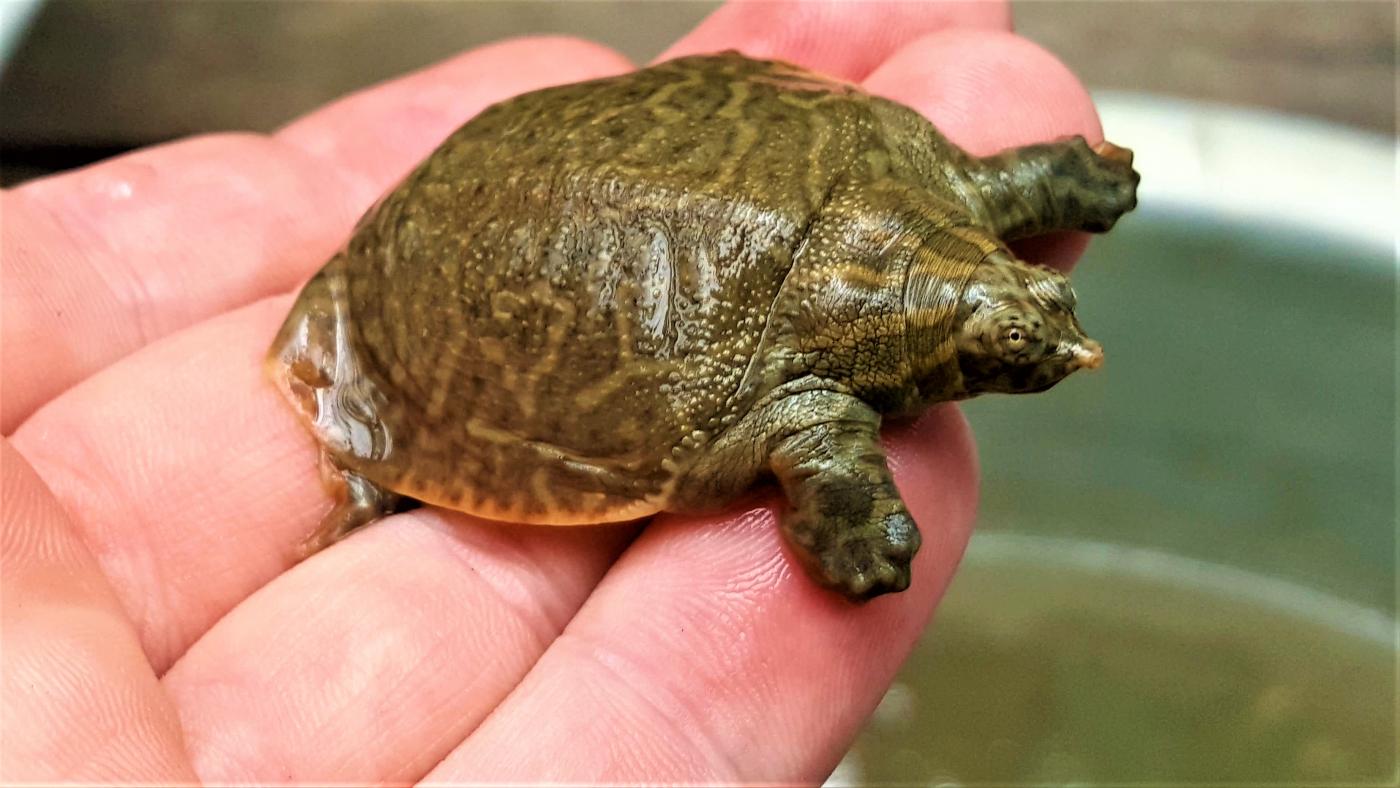
What happens if they don’t get the nutrition they need?
Some of the hatchlings they are rearing are showing early signs of metabolic bone disease. If a turtle does not receive proper hydration or nutrition, its shell forms irregular lumps and bumps — a condition called “pyramiding.” The good news is that this condition can be corrected as long as we catch it while the turtles are young. With access to water and a well-balanced diet, the turtle’s shell should continue to grow into a smoother and more “domed” shape.
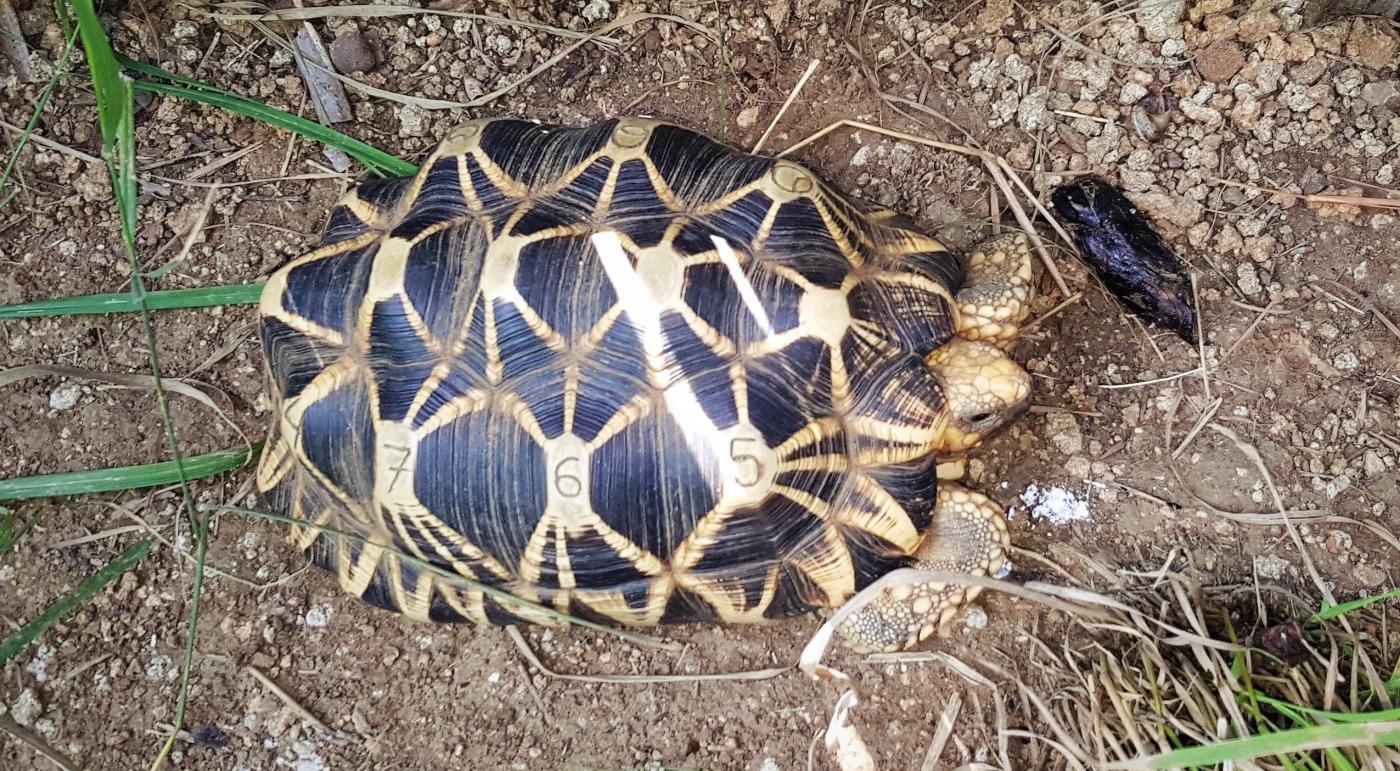
What happens once the turtles are released?
Not a whole lot is known about the natural history of a number of these critically endangered turtles because there are not that many in the wild to study. The staff are hoping to learn more about them by attaching GPS transmitters to the shells of individuals which are being released. Obtaining movement patterns and home range information is a key first step for better protection for these turtles.
My colleagues follow the released turtles throughout the year and have trained the forest service staff how to use the GPS and telemetry equipment to collect data, and they advise them what information should be recorded.
During the dry season, the hottest part of the summer, the turtles hunker down and do not move very much. The forest service may conduct surveys once or twice a week at this time. As soon as the rainy season arrives and breeding begins, the turtles become quite active and move around a lot. At that time, they may follow them once a day.
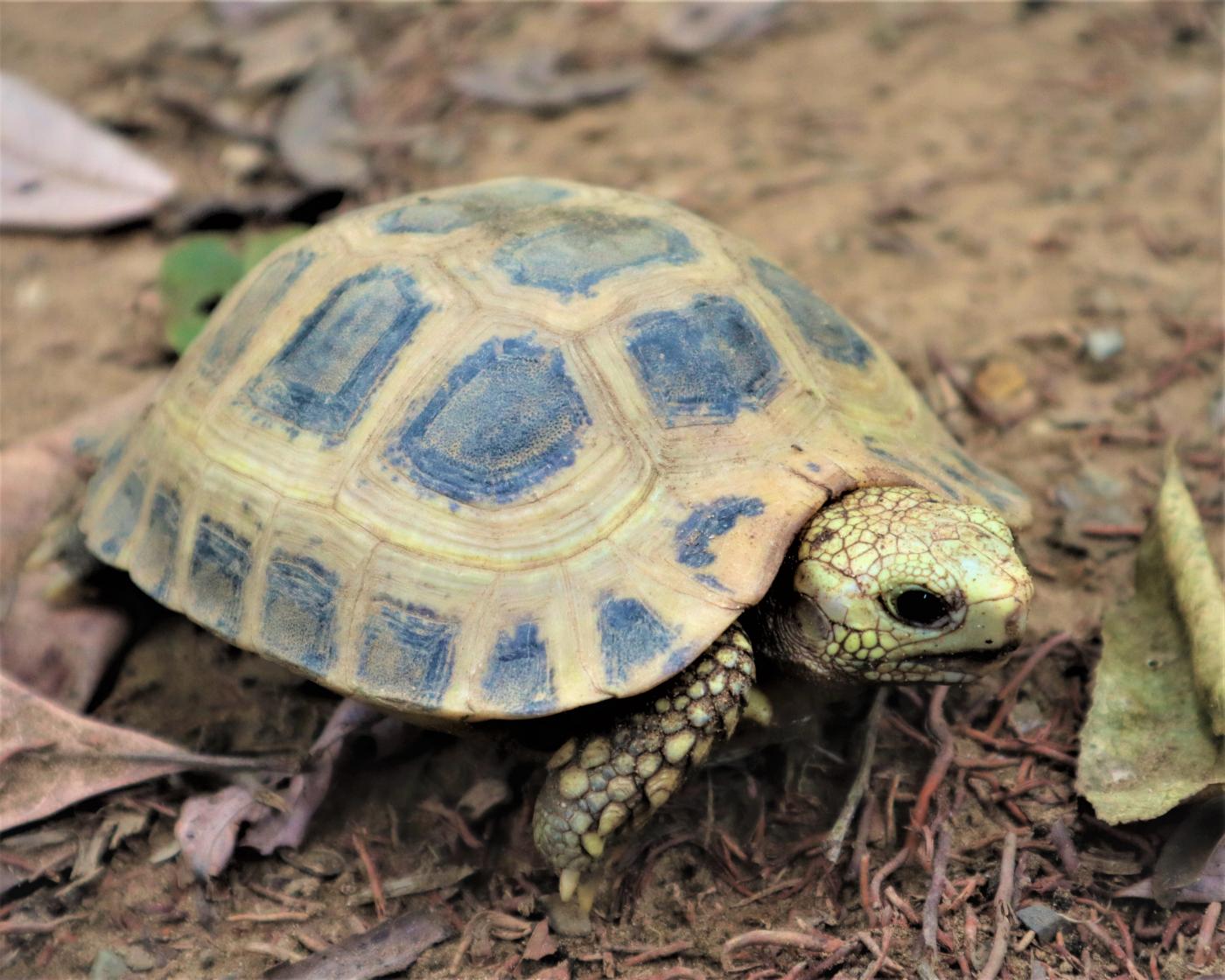
Do local communities know about these rescue centers?
Yes, these facilities do great community education work. Generally speaking, the local people have a great respect for turtles from a cultural and spiritual standpoint.
For the older generations, it was custom to eat these animals, collect them as pets or bring them to a Buddhist temple and release them, which they believe brings good karma. It is what they have been told and what they have always done. So, the educational outreach work does compete with tradition within some communities.
These facilities do a great job of conveying why it is important for turtles and other wildlife to stay in their natural habitat. The younger generations, especially, rally around the idea that these animals are worth protecting and saving, which gives me hope that these education efforts, along with the husbandry care provided by these facilities, are really making a difference.
This story appears in the February 2019 issue of National Zoo News.



